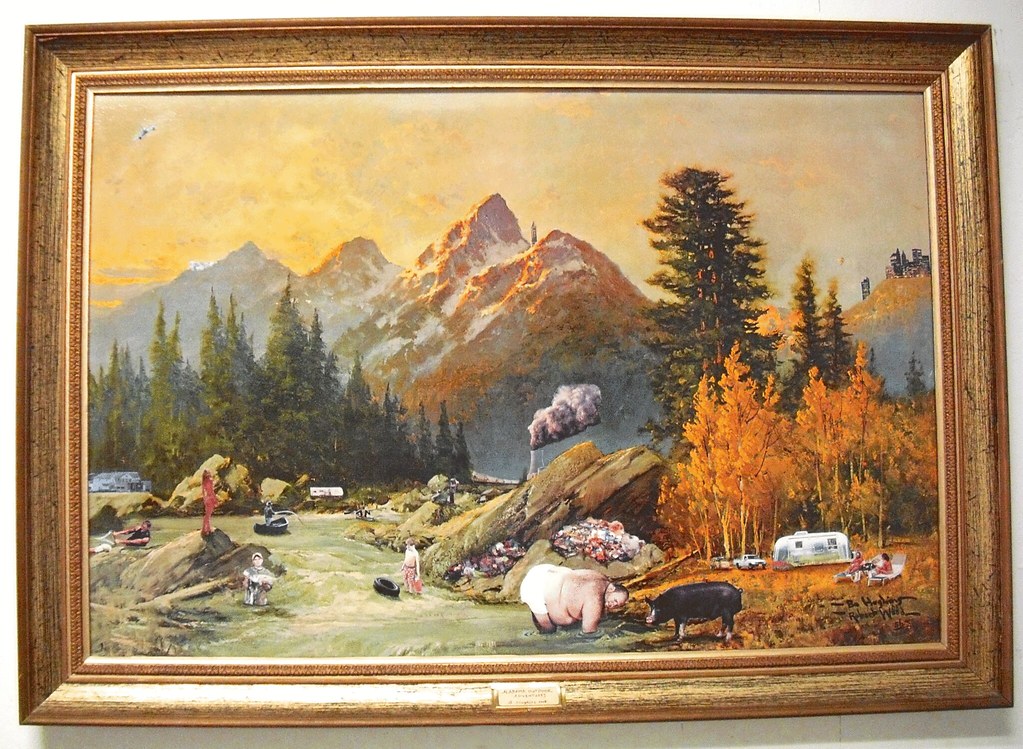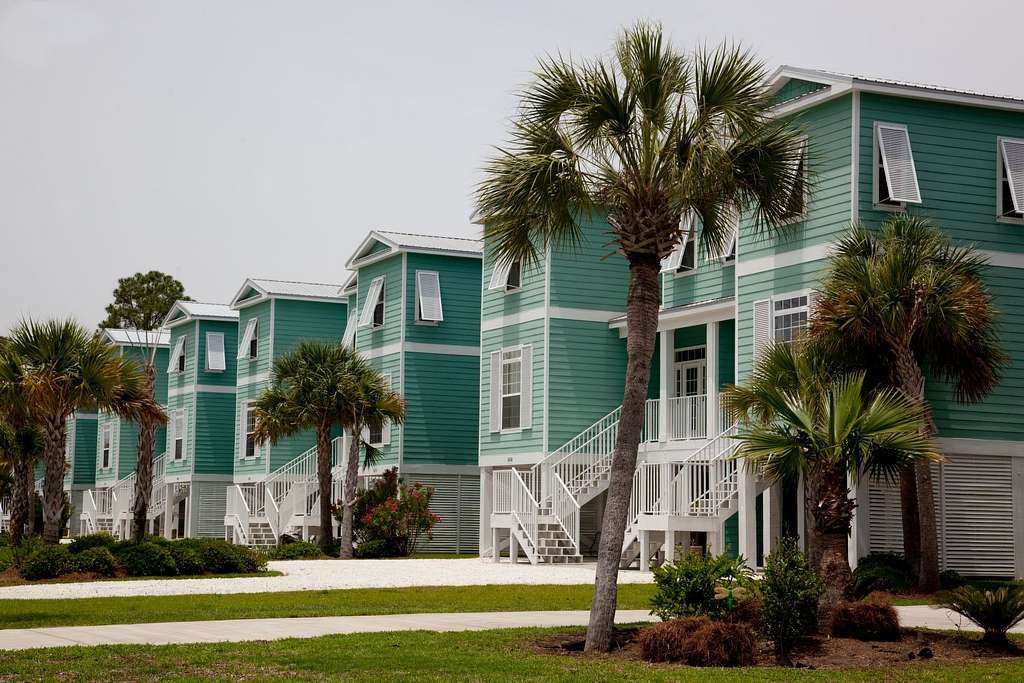History and Introduction of Alabama
Introduction:
Alabama, located in the southeastern region of the United States, is known for its rich history, diverse culture, and significant contributions to the nation’s development. Nicknamed the “Heart of Dixie,” Alabama has played a crucial role in the American Civil Rights Movement and has a landscape ranging from mountains and amazing forest areas are popular on here.
Early History
The area that is now Alabama has a deep history dating back thousands of years, with various Native American tribes, including the Cherokee, Creek, Choctaw, and Chickasaw, inhabiting the region. European exploration and settlement began in the early 16th century when Spanish explorers, including Hernando de Soto, ventured into the area.

In the late 18th century, the territory became part of the United States through the Treaty of Paris, marking the end of the American Revolution. Alabama’s history is intertwined with Native American displacement due to the Indian Removal Act of 1830, leading to the forced removal of indigenous peoples, such as the Trail of Tears.
Statehood and Antebellum Period
Alabama achieved statehood on December 14, 1819, becoming the 22nd state of the Union. The fertile soil and favorable climate-fueled the growth of cotton plantations, making Alabama a key player in the Southern economy during the antebellum period. The state’s economy relied heavily on slave labor, contributing to its involvement in the Confederate cause during the American Civil War.
Reconstruction and Industrialization
After the Civil War, Alabama, like other Southern states, underwent a challenging period of Reconstruction. The state faced economic hardships, but the post-war era saw the beginning of industrialization and a shift from agriculture to manufacturing. The discovery of iron ore and coal resources spurred the growth of the iron and steel industry, with Birmingham earning the nickname “The Magic City” due to its rapid development.
Civil Rights Movement
The mid-20th century marked a pivotal time for Alabama and the nation as a whole with the Civil Rights Movement. The state became a focal point for activism, and events such as the Montgomery Bus Boycott (1955-1956) and the Selma to Montgomery March (1965) significantly contributed to the dismantling of segregation and the advancement of civil rights for African Americans.
Modern Alabama

In recent decades, Alabama has diversified its economy, expanding into aerospace, finance, and healthcare industries. Huntsville, known as the “Rocket City,” is a hub for aerospace and technology, hosting NASA’s Marshall Space Flight Center. Birmingham has evolved into a cultural and medical center, while the Gulf Coast cities of Mobile, Gulf Shores, and Orange Beach attract tourists with their beautiful beaches and cultural events.
Alabama continues to preserve its historical sites, including Civil War battlefields, antebellum homes, and landmarks associated with the Civil Rights Movement. The state’s rich heritage, combined with its modern advancements, makes Alabama a unique and evolving part of the American South.
This quiz has more than 150 questions One part has 25 questions.
Let’s start the quiz.
1. Which U.S. state is located to the east of the Gulf of Mexico?
a) Texas
b) Alabama
c) Louisiana
d) Florida
2. What is the largest city along the Gulf Coast of Alabama?
a) Mobile
b) Gulf Shores
c) Orange Beach
d) Pensacola
3. Which major river in Alabama flows into the Gulf of Mexico?
a) Tennessee River
b) Alabama River
c) Chattahoochee River
d) Mobile River
4. Which national seashore is located along the Gulf Coast of Florida and Alabama?
a) Padre Island National Seashore
b) Cape Hatteras National Seashore
c) Gulf Islands National Seashore
d) Assateague Island National Seashore
5. What is the name of the barrier island off the coast of Alabama, known for its white sand beaches?
a) Dauphin Island
b) Galveston Island
c) Padre Island
d) Key West
6. Which bay is located to the west of Mobile Bay and is known for its seafood industry?
a) Choctawhatchee Bay
b) Perdido Bay
c) Bon Secour Bay
d) Weeks Bay
7. What is the term used for the area where freshwater from rivers meets and mixes with saltwater from the Gulf of Mexico?
a) Estuary
b) Delta
c) Marshland
d) Coral reef
8. Which hurricane, occurring in 2005, severely impacted the Gulf Coast, including Alabama and Louisiana?
a) Hurricane Sandy
b) Hurricane Rita
c) Hurricane Katrina
d) Hurricane Ike
9. What is the name of the large, shallow body of water along the northern Gulf Coast, known for its rich marine life?
a) Florida Bay
b) Apalachee Bay
c) Galveston Bay
d) Mobile Bay
10. Which city in Florida, situated on the Gulf Coast, is known for its white quartz sand beaches?
a) Miami
b) Tampa
c) Pensacola
d) Destin
11. What is the primary economic activity associated with the Gulf of Mexico?
a) Oil drilling
b) Agriculture
c) Tourism
d) Fishing
12. Which of the following is a major environmental concern in the Gulf of Mexico due to human activities?
a) Coral bleaching
b) Red tide
c) Plastic pollution
d) Ice melting
13. What is the term for the underwater canyon located in the northeastern Gulf of Mexico, known for its diverse marine life?
a) DeSoto Canyon
b) Mariana Trench
c) Puerto Rico Trench
d) Monterey Canyon
14. Which Gulf Coast state is nicknamed the “Sunshine State”?
a) Texas
b) Alabama
c) Louisiana
d) Florida
15. Which river, originating in Texas, is a major contributor of freshwater to the Gulf of Mexico?
a) Mississippi River
b) Rio Grande
c) Sabine River
d) Red River
16. What is the name of the marine sanctuary located in the Gulf of Mexico, aimed at protecting the region’s biodiversity?
a) Florida Keys National Marine Sanctuary
b) Gulf Islands National Seashore
c) Flower Garden Banks National Marine Sanctuary
d) Biscayne Bay National Park
17. Which Gulf Coast city in Louisiana is known for its vibrant cultural scene, including jazz music and Mardi Gras celebrations?
a) Baton Rouge
b) New Orleans
c) Lafayette
d) Shreveport
18. What is the term for the warm ocean current that flows from the Yucatan Peninsula into the Gulf of Mexico?
a) Gulf Stream
b) Loop Current
c) North Atlantic Drift
d) California Current
19. Which bay is located to the east of Mobile Bay and is separated from the Gulf of Mexico by a narrow barrier island?
a) Weeks Bay
b) Perdido Bay
c) Choctawhatchee Bay
d) Bon Secour Bay
20. Which Gulf Coast state is known for its Cajun and Creole cultures, particularly in cities like New Orleans?
a) Texas
b) Alabama
c) Louisiana
d) Mississippi
21. What is the name of the large saltwater lake located along the Gulf Coast of Texas?
a) Lake Charles
b) Lake Pontchartrain
c) Galveston Bay
d) Corpus Christi Bay
22. Which Gulf Coast state is home to the Everglades, a unique ecosystem known for its mangroves and wildlife?
a) Alabama
b) Mississippi
c) Louisiana
d) Florida
23. What is the term for the gradual enlargement and merging of coastal landforms due to sedimentation?
a) Erosion
b) Subsidence
c) Accretion
d) Delta formation
24. Which Gulf Coast city in Alabama is known for its Mardi Gras celebrations and historic architecture?
a) Mobile
b) Gulf Shores
c) Orange Beach
d) Pensacola
25. What is the name of the artificial reef system created off the coast of Alabama to enhance marine habitat and fishing opportunities?
a) Flower Garden Banks
b) Mardi Gras Reef
c) Grayton Beach Reef
d) Flower Garden Banks
| Question | Answer |
| 1 | d |
| 2 | a |
| 3 | d |
| 4 | c |
| 5 | a |
| 6 | b |
| 7 | a |
| 8 | c |
| 9 | d |
| 10 | c |
| 11 | a |
| 12 | c |
| 13 | a |
| 14 | d |
| 15 | b |
| 16 | c |
| 17 | b |
| 18 | b |
| 19 | b |
| 20 | c |
| 21 | c |
| 22 | d |
| 23 | c |
| 24 | a |
| 25 | b |